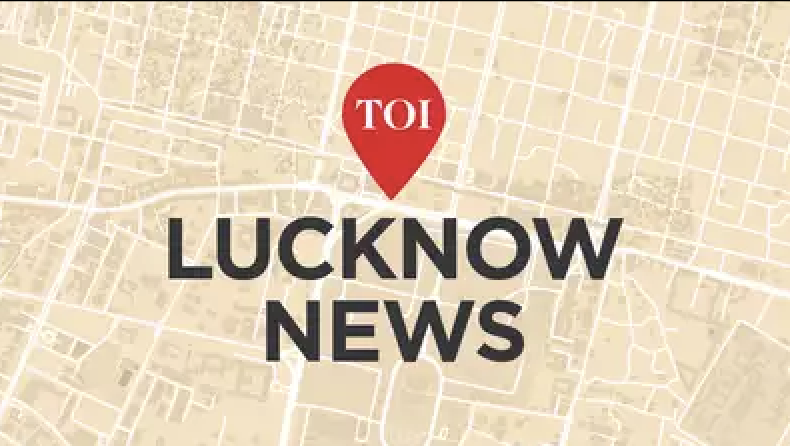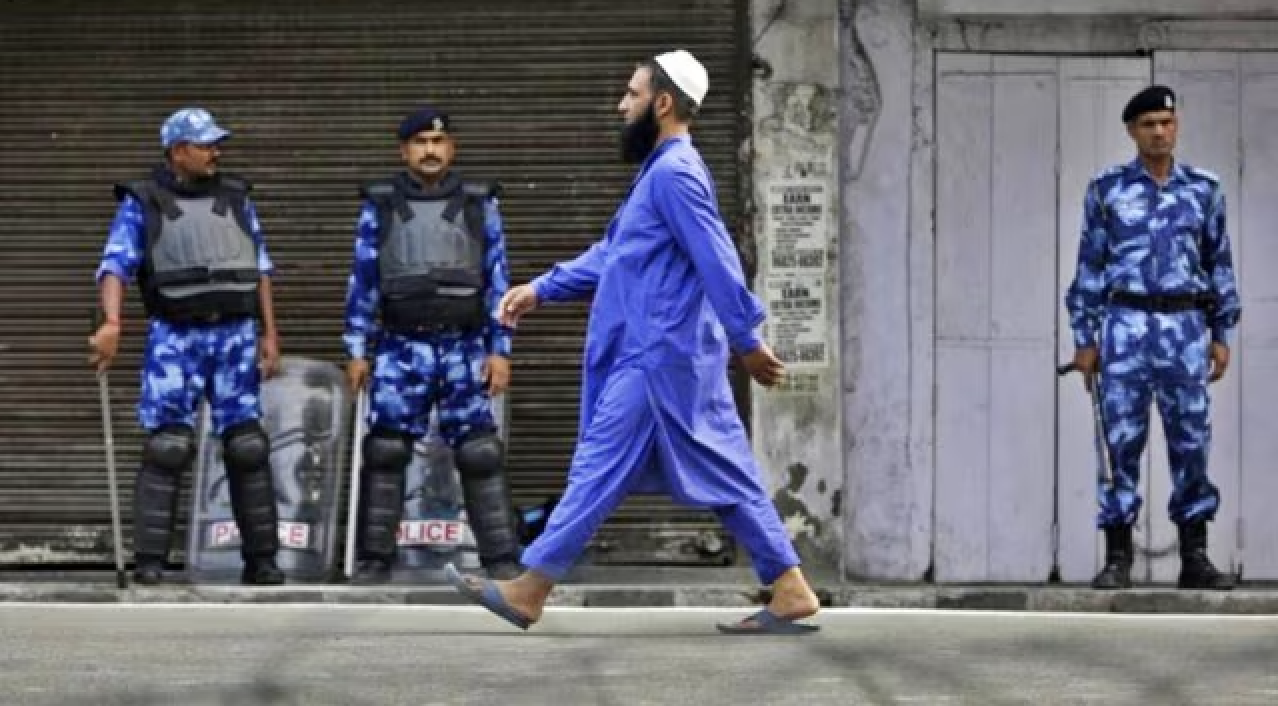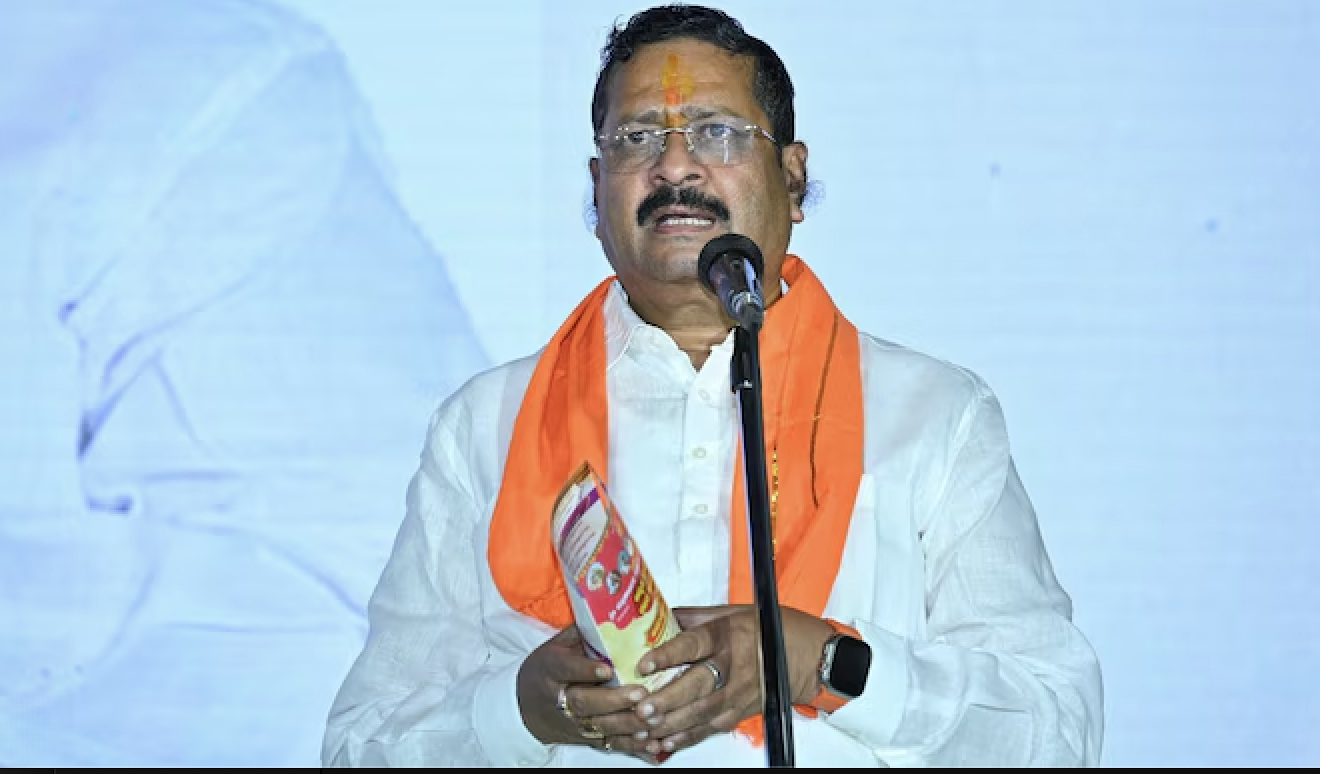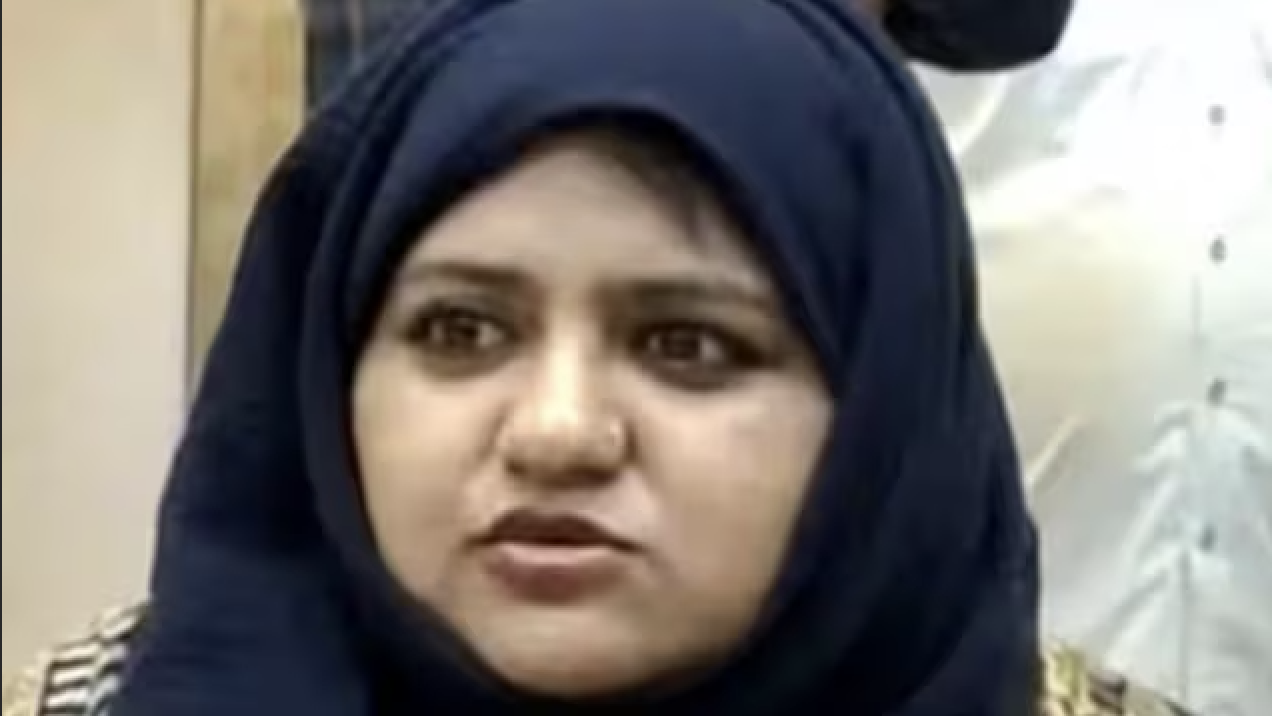
By Anna Priyadarshini
“He was an ardent tea lover,” said Rihaan. “How would I have known this would cost him his life?”
On February 25 last year, Rihaan’s son Amaan Iqbal, 17, died during the communal violence that broke out in Delhi. A student of Class 9, Amaan worked at a tea factory, earning Rs 9,000 a month.
He had left home at around 3.30 pm to buy milk at a market near their home in New Seelampur but couldn’t find any and returned. He then set off again in search of milk in Jafrabad, about a kilometre away.
“That’s how he reached the site of the violence,” said Rihaan. “He never came back.”
What Amaan did not know was that Jafrabad was one of the centres for the violence in Delhi, which broke out shortly after an incendiary speech by the BJP’s Kapil Mishra. The communal conflagration that swept that corner of the capital for 72 hours between February 23 and 26 left 52 civilians dead, including 40 Muslims.
One of them was Amaan.
“A few people came to my doorstep at 5.30-6 pm to inform me that my son had been hit by a bullet and had been taken to a hospital,” said Rihaan. Amaan died at 2.30 am on February 26.
But what was happening at Jafrabad on February 25?
No guns seen in video footage
According to a police chargesheet filed at a trial court on June 2 last year, a group of protesters had gathered near the metro station at Jafrabad’s 66 Futa Road to protest against the citizenship law. The group tried to move towards Maujpur to meet other protesters and the police tried to stop them. The police claimed that the protesters turned “violent”: hurling stones, attacking them with sticks, and opening fire.
Nine police officials, 10 CRPF personnel, and 10 protesters were injured, eight of them by bullets. The FIR in the matter was filed by sub-inspector Pankaj Kumar, who was one of the cops injured that day.
Of the eight injured by bullets, one protester, Amaan, died, the chargesheet said, purportedly from a gunshot wound when the “violent crowd” fired at the police.
The police arrested 10 men, all Muslim, between March 5 and April 13. Three of the accused are out on bail due to insubstantial evidence, while the other seven have been in prison for over a year.
Video footage of the incident reportedly shows members of the crowd, including the accused, throwing stones at the police or wielding sticks or “instigating violence”, to quote the police. Crucially, there is no footage of the accused, or anyone else, holding a gun. Newslaundry could not independently verify the footage.
The police’s theory, as outlined in their chargesheet, is that a bullet hit a pillar and then hit Amaan. They ruled out the possibility that Amaan was killed by their bullet by quoting doctors who said his injuries were “possibly by both 7.65mm or 8mm bore weapons”, both of which can recoil. The police, who fired 108 rounds of bullets, claimed they used 5.56 mm Insas rifles.
The police recovered 10 cartridges – nine empty cartridges of 7.65mm and one empty cartridge of 8mm – from the scene of the killing, which they claimed must have been used to kill Amaan. They did not say whether any cartridges were recovered from the accused.
Purportedly supporting the police’s theory is Amaan’s father’s statement to the police on February 27. In his statement, Iqbal Ahmed, 45, said his son had been injured “due to firing from the crowd”. Iqbal knew this second-hand, since he had not been present in Jafrabad at the time of his son’s murder.
And, according to Rihaan, Iqbal’s statement is not reliable.
“My husband had a paralysis attack four years ago. He suffers from memory loss and can only recall things vaguely,” she said. “About the incident, he keeps asking me to answer what had happened.”
Ten arrests
There is no indication as to what time Amaan was shot. He was taken to the Jag Parvesh Chandra hospital at 5 pm by protesters, according to the chargesheet and Rihaan. He was then referred to Lok Nayak hospital. Amaan died during the course of treatment at 2.30 am. His postmortem was conducted in the hospital’s mortuary at 4.20 am on February 26.
The Delhi police’s chargesheet said “a lot of effort was taken to find out which rioter shot Amaan”, but “the violent crowd was thousands in number, belonging to a particular community, and no one came forward to speak the truth”.
Along with the chargesheet are disclosure statements and a list of prosecution witnesses, including 33 police and six CRPF personnel, nine doctors, and the owner of a private studio. The latter refers to Prince Studio in Khajuri Khas, whose owner stated that his cameraman Prem Singh had footage of what happened at Jafrabad, and the memory card was handed over to the police. The police said Singh occasionally works for them and provides them with photos and videos.
The chargesheet said that investigators examined the crime scene on March 19 but “failed to get any footage trace” from CCTV cameras in the area. This is apart from Singh’s footage. According to the chargesheet, Amaan was found injured near metro pillar 195. The bullet purportedly hit the pillar first and then struck him.
His postmortem report noted three projectile fragments recovered from his body. He sustained fatal injuries near his right ear “caused by a projectile of a firearm weapon” and abrasions on the left side of his forehead “produced by blunt force intact”.
Between March 5 and April 13, the police arrested 10 men in connection with those injured by bullets – which, in Amaan’s case, led to his death – in Jafrabad on February 25. The accused – Mohammed Faizan, Mohammed Shahid, Mohammed Shahrukh, Mohammed Gulfam Danish, Mohammed Gufran, Aqeel, Mehfooz Raja, Mohammed Azad, Rifaqat Ali, and Salam – have been charged with murder. Another accused, Junaid, was released because he was under 18 years of age.
Using Singh’s footage, the police identified the accused based on their clothing and their location based on call data records.
For instance, the footage showed Rifaqat Ali holding an iron rod with Mohammed Faizan, who was holding a stick and throwing stones. Neither of them had guns in the footage.
The police also recovered “hate messages” from Ali’s phone: he had asked someone to keep “hot boiling water or oil” ready, along with stones, bottles of acid, and petrol. The messages did not mention guns.
Similarly, the footage showed Mehfooz Raja, a balloon seller, holding a balli or pole. Raja was also named as being involved by Rifaqat Ali.
Newslaundry met Raja’s family in the gullies of Jafrabad. A few days before our visit, his mother Rasida, 85, was hit by a bus when she had gone to the police station in the hopes of seeing her son. Rasida sustained injuries on her foot and head. The family lives in poverty, she said, and they cannot afford a lawyer to fight Raja’s case.
A neighbour told Newslaundry: “During the riots, everyone who was out on the streets was running back to their homes. Raja had picked up some stones and lathis to defend himself and was running back home. It must have been then that he was caught on camera and arrested.”
Raja was arrested on March 28. The police had summoned him to the Jafrabad police station on the pretext of providing meals during the lockdown, the neighbour said. When he went there, he was arrested.
But was Raja involved in Amaan’s death? Both the neighbour and Rasida looked perplexed by the question. They had no idea that Raja had even been charged with murder.
Bail to three accused
On January 12 this year, the sessions court granted bail to Mohammed Gulfam Danish, Mohammed Azad, and Mohammed Shahrukh.
Judge Amitabh Rawat said Danish got bail due to “his posture and period of custody”. By “posture”, the court meant that though Danish was visible in video footage, he was merely standing in the crowd and not participating in violence.
Judge Vinod Yadav granted bail to Shahrukh, arrested on March 5, because footage placed him in Jafrabad on February 24 holding a stone, not on February 25. The court also took cognizance of the fact that Shahrukh lost an eye during the riots while the other eye is 90 percent damaged. It also noted that though call data records placed Shahrukh in the area, it could also be because he lived nearby.
Yadav’s court also granted bail to Azad, arrested on March 30, on the same grounds: that CCTV footage of him was dated February 24, not February 25.
This story first appeared on newslaundry






